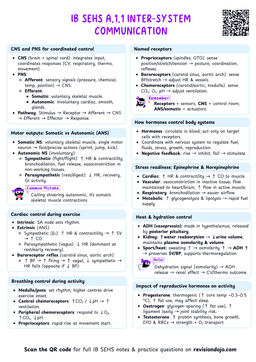Acute Trauma
Acute trauma is a short-term response to a single, unexpected event that causes intense fear and distress. It can lead to physical, behavioral, and psychological symptoms.
Cumulative trauma
An injury that develops over time due to repeated stress or motion
Trauma can lead to injuries of connective tissue, muscle, bone, skin and the brain.
Different types of tissues react uniquely to trauma:
- Connective tissue (ligaments, tendons):
- Prone to sprains and strains
- Can tear partially or completely
- Healing time varies based on blood supply
- Muscle:
- Can experience tears, strains, or contusions
- Usually has good blood supply for healing
- May develop scar tissue during recovery
- Bone:
- Can fracture acutely or develop stress fractures
- Healing involves complex remodeling process
- Strength varies by location and load history
- Skin:
- May experience abrasions, lacerations, or contusions
- First line of defense against external trauma
- Healing time depends on depth and location
Understanding Acute Trauma
Acute trauma occurs instantly from:
- Direct impact (like colliding with another player)
- Sudden force (like landing badly from a jump)
- Unexpected direction changes (like a quick twist of the knee)
A basketball player landing awkwardly after a rebound and spraining their ankle is acute trauma - it's a single moment that causes immediate injury.


